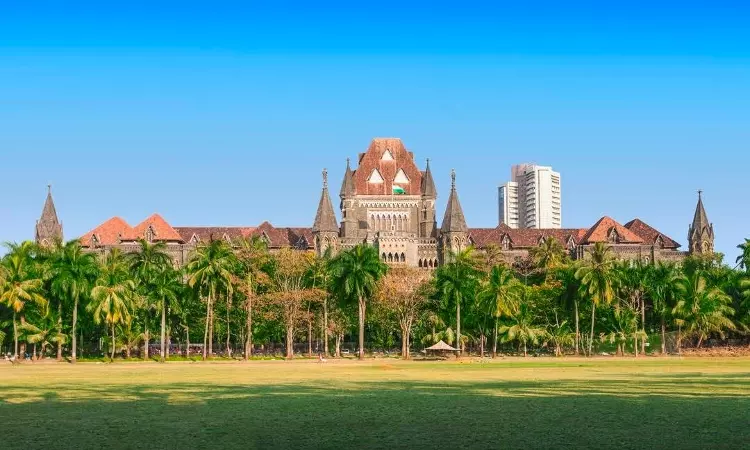Bombay High Court Quashes Proceedings Initiated By Customs Authorities For Seizing Jewellery
Mariya Paliwala
16 July 2024 4:00 PM IST

Next Story
16 July 2024 4:00 PM IST
The Bombay High Court has quashed the proceedings initiated by the customs authorities for seizing the jewelry.The bench of Justice K. R. Shriram and Justice Jitendra Jain has relied on the decision of the Supreme Court in the case of Directorate of Revenue Intelligence vs. . Pushpa Lekhumal Tolani, in which it was held that foreign tourists are allowed to bring into India jewelry even...
